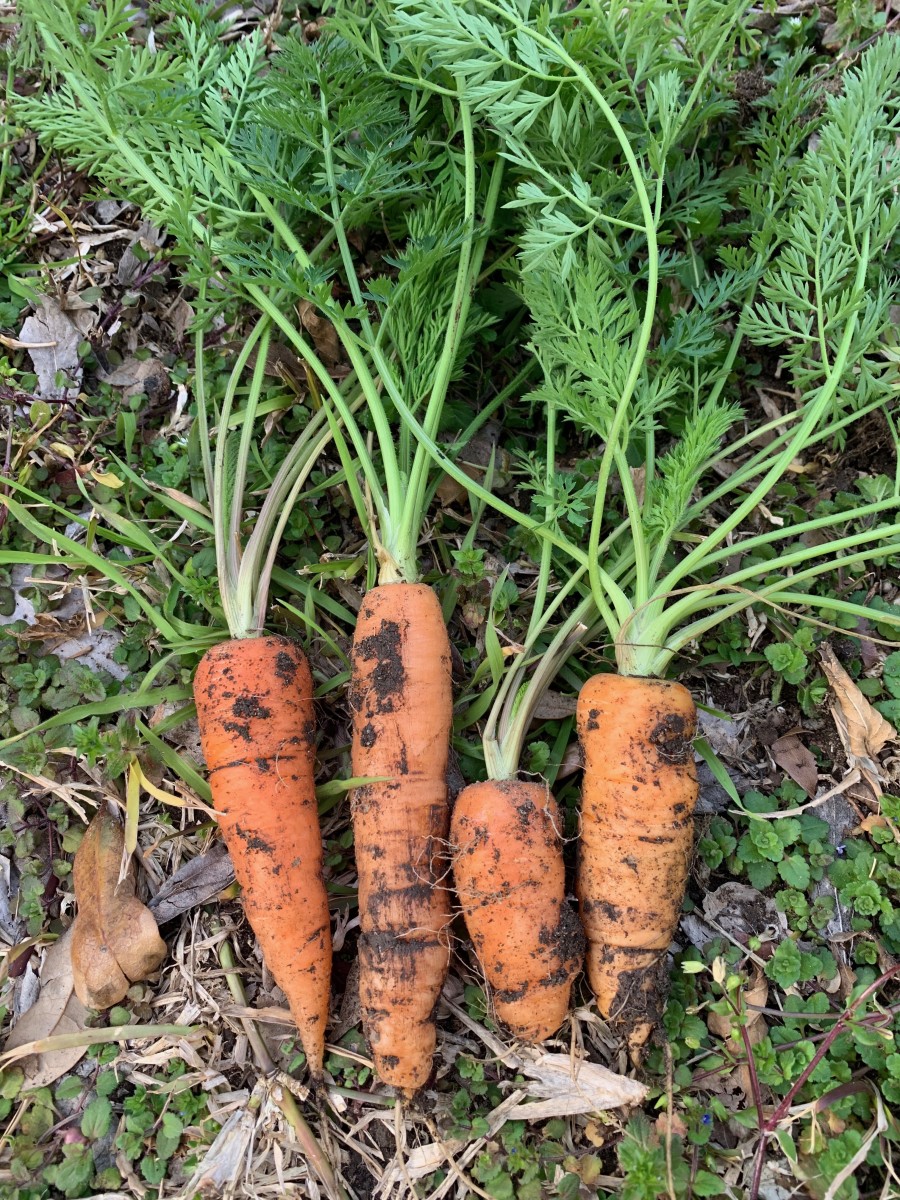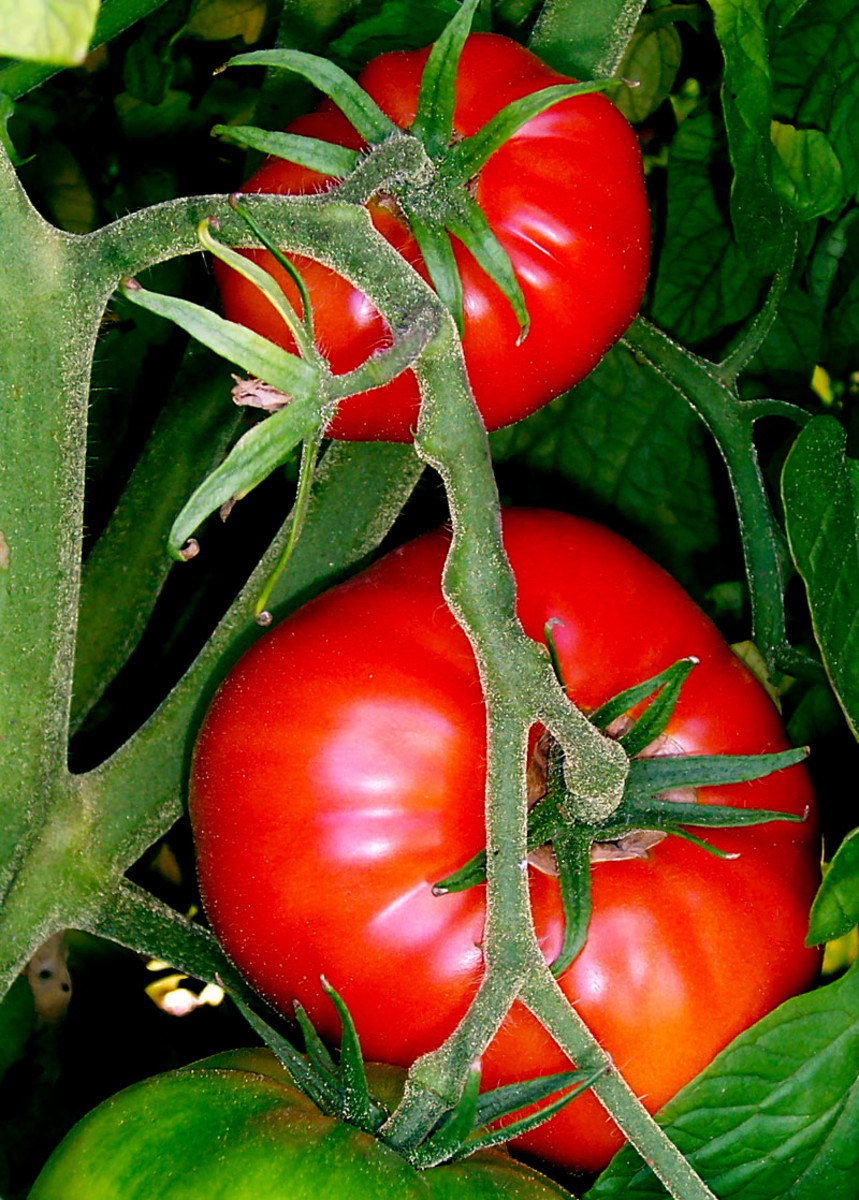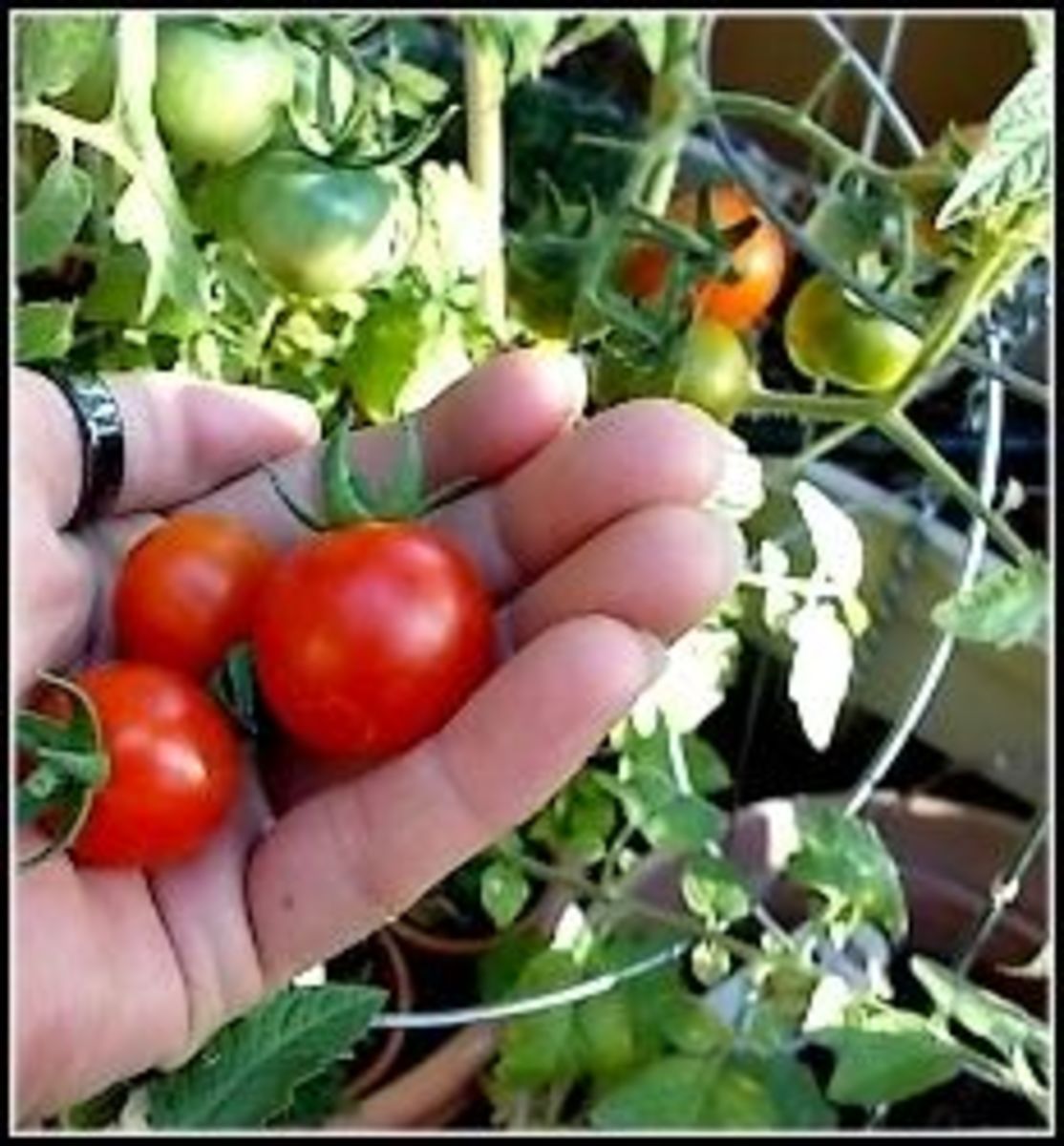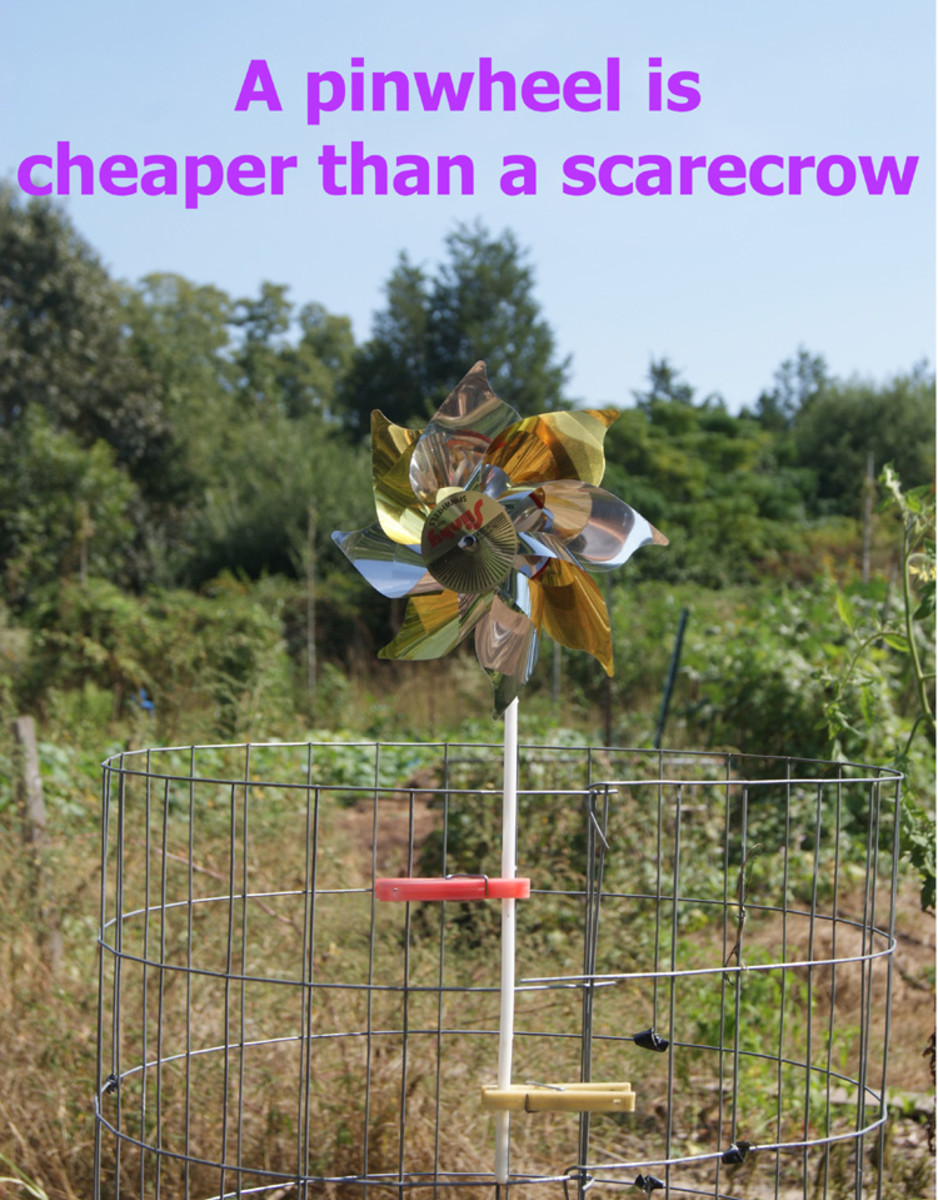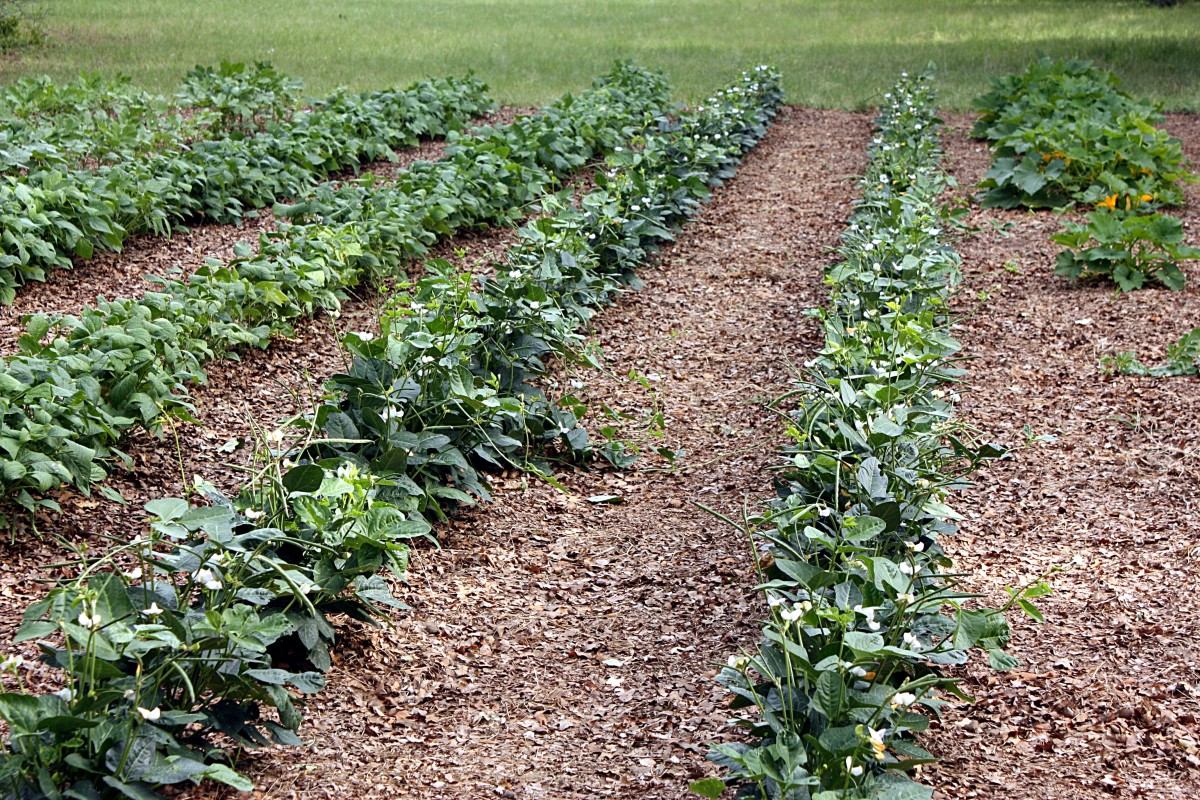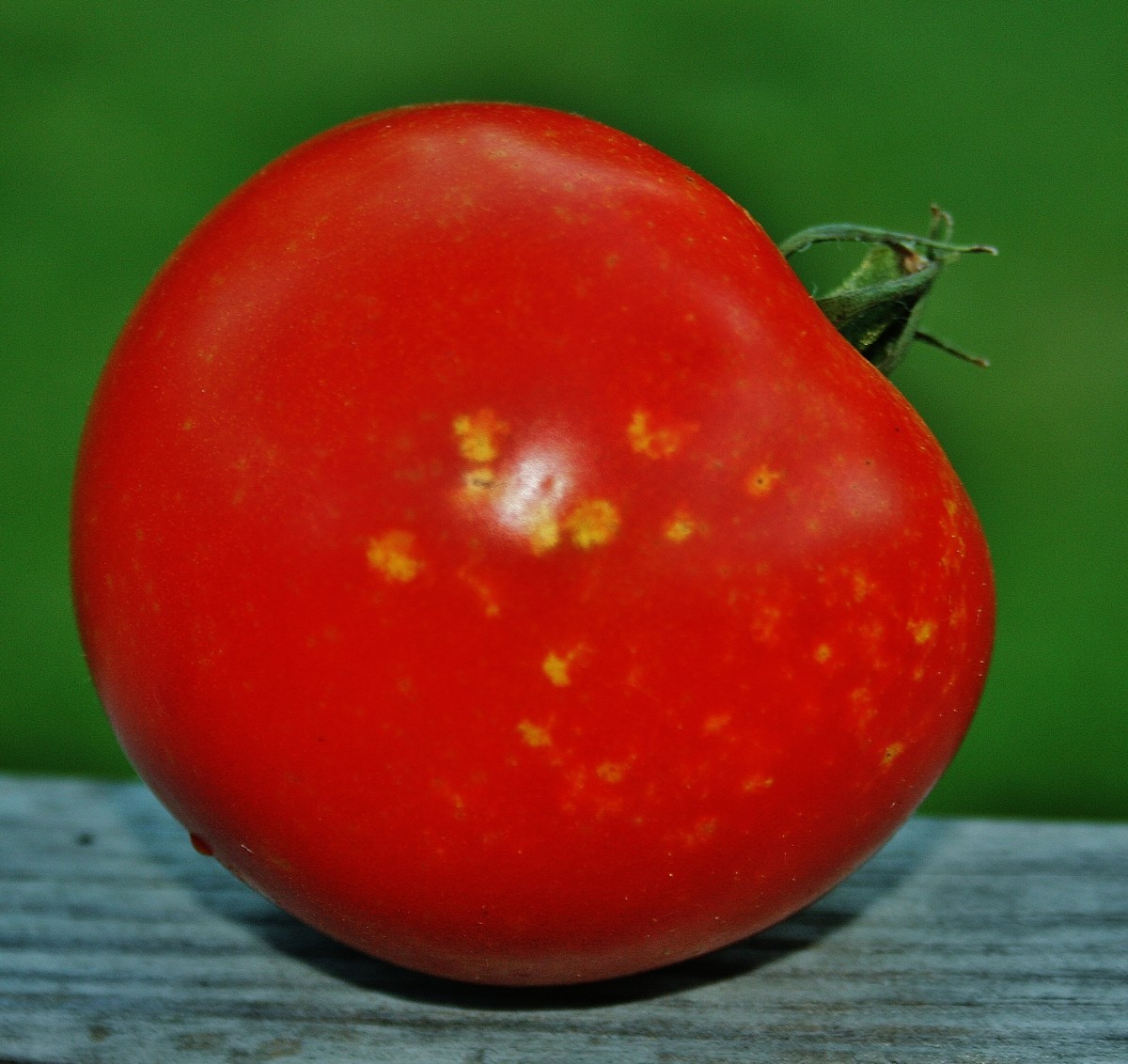International Garden Party!
Come travel the world and never leave my vegetable garden!
I'll be your guide today if I may. This informal meeting, some might even call it a party of some of the worlds most famous veggies is being brought to you by the Global Union Of Vegetables or GUOV for short. The GUOV thought it was high time that the world recognized each countries contributions. As you may notice some of the countries have sent more then one representative.
Have you ever put any thoughts into how so many 'global' veggies were able to grow in your garden?
This reporter has interviewed many; the stories are all similar. Through out the past centuries seeds of every type and worldwide locations have been hauled by travelers. Explorers, missionaries, immigrants, slaves etc. are all responsible.

The new world discoverers took back with them many of the exotic plant-life from their excursions. Some of those newly discovered delicatessen over time became the staple of many a land. Actually thriving, or not, in their new homes. One of the most famous example would have to be the potato. The Irish Cobbler has a woe tale to tell. (See the potato famine)
Even though all these new discoveries and new found yummies were meant for the royalties who pay-rolled the explorations many a sailor smuggled seeds ingeniously hidden here and there, even in the hems of their clothes, back to their families in their home lands. (Could this be considered the ancestry of export/import of foods inc.?)
Long ago immigrants were only allowed one piece of luggage each. Melancholic about leaving their roots they stashed seeds wherever they could, even under their hat-bands or hidden in the lining of their satchels and suitcases. What ever means was necessary to take a little piece of their home land to their new lives. The Hungarian Shepperd pepper is just one of the many 'transplants'.
This particular seed in many of its variations has representatives in my garden yearly, starting with my first 4X8 plot many years ago. These peppers are my fave, very mild flavored, 4" long, slightly pointy, medium to thin fleshed, start out green and gradually change to yellow, orange then the final red. To have enough left at the end of the season to pickle and to freeze is the biggest challenge in growing them. (They are great to eat from the time they are green and a decent size)
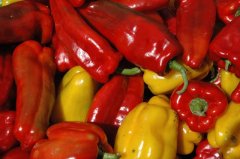

In my garden Brussels sprouts has it's own 10 foot row. These were grown and noted in the early 17th century and known in Flanders (North western part of Belgium) as spruyten. They spread Europe wide soon after. In German they're called rosenkohl (rose cabbage) as they look a bit like rose buds. Now they are grown year-round world wide.
The Brussels sprouts are quite easy to grow. The plants are continual growers if only the bottom buds are carefully cut off with a sharp knife. Although great tasting all summer their sweet and nutty flavors intensify with the first or second mild frost. They're usually the last standing veggies in my garden. I've been lucky because even though I'm in southern Ontario I have been able to save some still fresh Brussels Sprouts from the garden to go with Christmas dinner a few years in a-row.
Belgium Endive unfortunately was not able to attend. (I've never tried to grow endive as it sounds a bit complicated). Belgium endive was called Witloof Chicory and was grown mainly for its roots. Some very smart Belgian farmer figured out that if the roots were dried and ground and added to coffee it would not only streeeetch his coffee supply but also give it a nice smooth and mild flavour. This Belgian had a brother whose brother was also very smart he figured out that the torpedo shaped foliage head was actually quite good and edible. Especially if the leafs were white...hence the name Witloof meaning white-leaf in Flemish.The whiter the leafs the less bitter the taste became. Not too bad of a find for 17 century farmers. Today the endive has quite a name as a gourmet delicacy and can be eaten either raw or cooked. I think it's an acquired taste. My Dad was quite fond of them, I eat it once a year just to remind me why not to have them again till next year.
.

Swiss Chard as a main actually came from Sicily (whose ever heard of Sicilian chard) the variety I always plant is Genoa-n Swiss Chard. No matter who will claim responsibility either was an import once upon a time.
Swiss chard is easy to grow and a continuous-grower, if only the outer leafs are cut with a sharp knife and the centre leafs are left. It is a cool weather lover so it will keep growing way into the late fall and a couple of mild frost won't harm it. A great plant to grow in a cold frame too. Three winters ago I finished the last of it from my cold frame third week of January. To have enough I keep planting at weekly interval.

The Roman's use for this lettuce was to wrap small chunks of meat into it. Possibly an alternative for grape-leaves the Greeks used or maybe the ancestor of the cabbage roll. (mind you then again, cooked romaine lettuce doesn't do much for me).
Now I ask you, what would my life be without my Caesar salad. Incomplete that's what. (Caesar salad in a pita pocket, yum)
Easy easy easy, to grow. Romaine lettuce also prefers the cooler weather so the earlier it's planted the better. However it is also frost sensitive so you'll need to watch the weather forecast and cover the little plant-lets up to keep them out of danger. It will also keep growing if only the outer leafs are carefully cut. I replant as spaces empty up, like the sugar peas patch. (it's the end of May now, maybe next week I might get enough leaves off to have my first official salad out of this years garden)

Roma tomatoes, were brought over by an Italian immigrant family to New York in the early 18 hundreds. Those heirloom seeds were the forerunners from which most of today's varieties of plum-tomatoes have been propagated.
Roma tomatoes need to be in every garden. How else would you make delicious spaghetti sauce, salsa, bruschetta etc? Leamington, is known as the tomato capital of Ontario. Green houses, by the hundreds, as far as the eye can see.The Heinz Ketchup plant is located there too. Acres and Acres of the Roma tomatoes are planted even as far as an hours drive from the factory just to keep up the demand. It is the most amazing sight to see these enormous trucks heaping full of Tomatoes drive by the house from morning till night for weeks and weeks.
A very easy tomato to grow. They do like full day sun exposure, and like to be tied up or supported by tomato growing baskets. The last green ones in the fall are great fried but will also ripen (redden) on the kitchen window sills.


English water cress was another seed taken up-road to keep up the gentile style living. Unfortunately it did not thrive too well in hot and dry climates.
This will be my first year growing water cress. So I don't have any experiences to share yet. But I'll let you know how it works.
The list of the international reps in my garden is very long.
- New Zealand Spinach
- India Mustard
- Boston Lettuce
- Jerusalem Artichoke
- Cuba-nella Peppers
- Italian Turnip
- Italian Broccoli
- Polish Linguisa Tomatoes
- Beefeater Tomatoes
- Palawan Garlic
- Dutch pearl onions
- Chinese Bok Chow Cabbage
The English cucumber has been a must in gardens worldwide. Mentions from the early 17 hundreds have shown that this refreshing veggie was a necessity for gentile living up-road worldwide. (cucumber sandwich for tea anyone?)
For the past few decades hybrids such as the seedless, the burp-less, the totally uniform shaped English cucumbers have been introduced. I like the old fashioned so I'm glad that I recently found a seed supplier that deals with heritage seeds only. Thus I'm assured that my veggie seeds have not been played with or altered. (how could I have an organic garden and use seeds that have been messed with, I ask you)
These are best planted in hills and require quite a bit of space so don't crowd them and let them run. I'm experimenting this year with growing them up like runner beans.
This list of veggies is by no means my garden collection, the rest just don't have international ancestry (that they know of).
I got the okay from the Global Union Of Vegetables to publish with the request that others come forward and proudly declare their heritage. International veggies unite, don't be shy just use the comment box at the bottom of this hub.
As far as I know no such group as the GUOV exists.
Photos courtesy of Morgue files.



